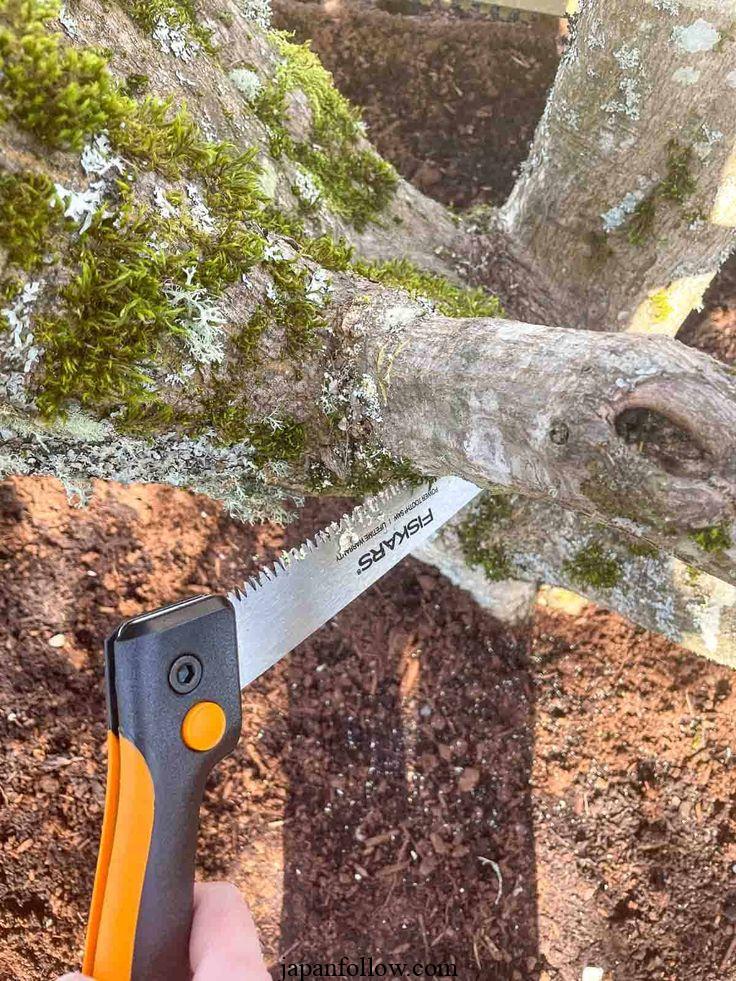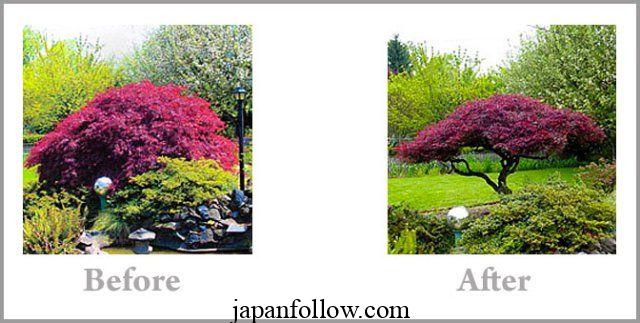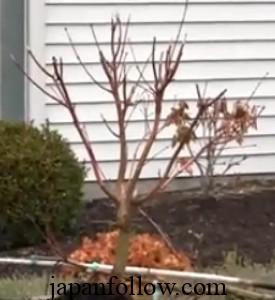
When to prune Japanese maple trees and how to do it right
When to Prune Japanese Maple Trees and How to Do It Right Japanese maple trees are known for their stunning foliage and graceful appearance, making them a popular choice for landscaping. To keep these trees healthy and looking their best, proper pruning is essential. In this comprehensive guide, we’ll walk you through the best times […]
When to Prune Japanese Maple Trees and How to Do It Right
Japanese maple trees are known for their stunning foliage and graceful appearance, making them a popular choice for landscaping. To keep these trees healthy and looking their best, proper pruning is essential. In this comprehensive guide, we’ll walk you through the best times to prune Japanese maple trees and provide step-by-step instructions on how to do it correctly. Our goal is to equip you with the knowledge and skills to maintain the beauty and health of your Japanese maple trees.
Understanding the Japanese Maple

Before we delve into the specifics of pruning, it’s important to understand the nature of Japanese maple trees. These trees are prized for their unique and vibrant foliage, which comes in a variety of colors, including red, green, and variegated. Their delicate leaves and graceful branching structure give them an ornamental appeal that adds a touch of elegance to any garden.
Japanese maples come in various varieties, each with its own growth habits and characteristics. Some are upright and tree-like, while others have a weeping or cascading form. Understanding the specific variety of Japanese maple you have is crucial in determining the best pruning techniques.
Why Pruning Is Necessary

Pruning serves several essential purposes when it comes to Japanese maple trees:
- Aesthetic Enhancement: Pruning helps maintain the tree’s natural shape and encourages its unique growth patterns, enhancing its overall aesthetic appeal.
- Health and Vigor: Removing dead or diseased branches promotes the tree’s overall health and vitality. Pruning also allows better air circulation, reducing the risk of fungal diseases.
- Size Control: Japanese maples can grow quite large if left unchecked. Pruning allows you to control the size of the tree, ensuring it doesn’t outgrow its allotted space.
- Safety: Eliminating low-hanging or crossing branches can prevent accidents and damage to property.
When to Prune Japanese Maple Trees

Timing is crucial when it comes to pruning Japanese maple trees. The general rule of thumb is to prune during the dormant season, typically in late winter or early spring. However, the specific timing can vary based on your goals:
- Late Winter or Early Spring: This is the best time for major pruning when you want to reshape the tree or remove larger branches. Pruning during this period minimizes the risk of stress to the tree and promotes faster healing.
- Summer: If you need to perform light pruning, such as removing a few small branches, summer is an acceptable time. Just be mindful not to over-prune during this season, as it can lead to sunburn on the tree’s bark.
- Fall: While not the ideal time, you can prune Japanese maple trees in the fall if necessary. However, avoid doing so late in the season, as it can leave fresh cuts vulnerable to winter frost.
- Avoid Pruning in Late Spring: Pruning in late spring, when the tree is actively growing and leaves are emerging, is not recommended. It can stress the tree and result in sap bleeding.
How to Prune Japanese Maple Trees

Pruning Japanese maple trees may seem daunting, but with the right approach, it can be a straightforward process. Here’s a step-by-step guide to ensure you do it right:
Step 1: Gather the Right Tools
Before you start, make sure you have the following tools ready:
- Pruning shears: Ideal for small branches and fine pruning.
- Loppers: Use these for thicker branches.
- Pruning saw: Necessary for larger branches.
- Gloves: Protect your hands from thorns and rough bark.
Step 2: Identify the Branches to Prune
Take a close look at your Japanese maple tree and identify the branches that need pruning. Look for:
- Dead or diseased branches.
- Crossing or rubbing branches.
- Low-hanging branches that impede traffic or obstruct the view.
- Branches that spoil the overall shape of the tree.
Step 3: Make Clean Cuts
When cutting, always follow these guidelines:
- Make your cuts at a 45-degree angle just above a bud or lateral branch. This promotes healing and prevents water from pooling on the cut surface.
- For larger branches, use a three-cut method to prevent tearing and damage to the tree. First, make an undercut about a foot from the branch collar. Then, make a second cut a few inches farther out, which will remove most of the branch’s weight. Finally, make a clean cut just outside the branch collar.
- Avoid leaving stubs or making flush cuts, as both can hinder the healing process.
Step 4: Prune with Precision
Remember that Japanese maple trees are sensitive, so be precise in your pruning. Take your time and don’t rush the process. It’s better to make a few well-placed cuts than to over-prune.
Step 5: Monitor and Maintain
After pruning, monitor your Japanese maple tree regularly to ensure it heals properly and maintains its shape. Water and mulch the tree as needed to support its recovery.
FAQ – Frequently Asked Questions

Q1: Can I prune my Japanese maple tree in summer?
A1: Yes, you can perform light pruning in summer, but avoid over-pruning, as it can lead to sunburn on the tree’s bark.
Q2: How often should I prune my Japanese maple tree?
A2: Japanese maple trees typically benefit from annual pruning. However, the extent of pruning depends on your specific goals and the tree’s condition.
Q3: Is it normal for my Japanese maple to bleed sap after pruning?
A3: Yes, some sap bleeding is normal after pruning. However, it shouldn’t harm the tree. The bleeding should stop as the tree heals.
Q4: Can I prune my Japanese maple tree in late spring?
A4: Pruning in late spring when the tree is actively growing and leaves are emerging is not recommended, as it can stress the tree and result in sap bleeding.
In conclusion, pruning Japanese maple trees is a valuable practice to maintain their health, beauty, and size. By understanding the best times to prune and following proper techniques, you can ensure your Japanese maple thrives and continues to be a stunning addition to your garden.
tag
- chicken feed
- how to Keep Chickens Off Your Porch
- How to grow oyster mushrooms at home
- Growing Kale in Pots







